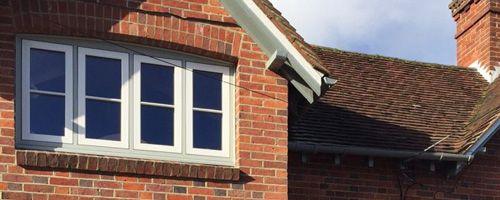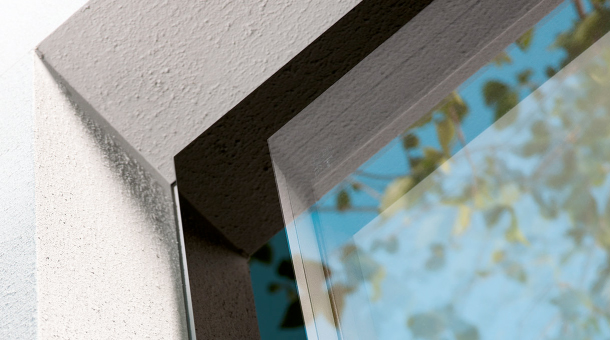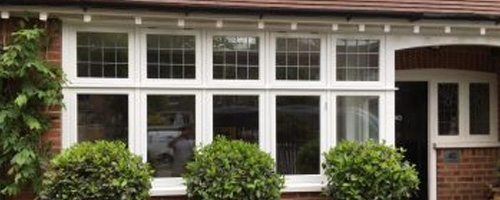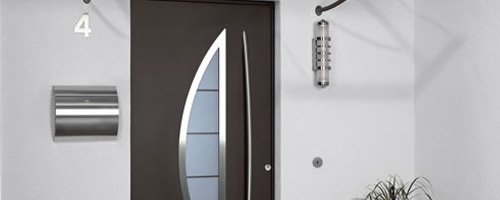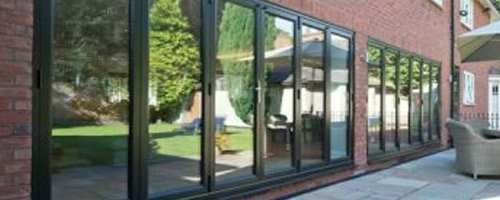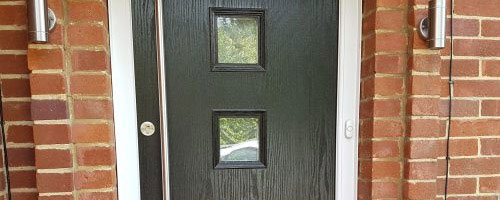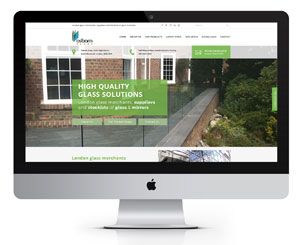Double Glazing
So, you have decided it is time for a change. Whether you are upgrading old windows or replacing what you currently have, your options are many and you are spoiled for choice. Double-glazed windows are available in all materials – UPVc, aluminium and timber. When it comes to choosing the right style, specification and reason to upgrade, it can be useful to have some information close at hand.
Being based in South London, we come across a range of houses. Victorian, Edwardian, and Georgian builds make use of sash windows, whereas the semi-detached and detached 1930’s builds mainly use timber windows. In the 1960s, Crittle windows were popular.
Using different glass specifications, we can create the perfect window for every situation. The typical reasons for changing the original double-glazed window to the latest versions are:
- Improved thermal regulation or solar control
- Improved Sound or draft proofing
- Upgrading to maintenance-free products
- Upgrading your home security
- Reducing double glazed condensation
- Changing the colour and style of existing windows
Thermal Regulation and Solar Control
Adding a coating to one surface of the glass offers a better thermal performance (customarily seen as a “C” energy rated window). Once argon gas and warm edge spacer bars are applied the “A” or “A”++ energy rating can start to be achieved.
Sound or Draft Proofing
By combining 4mm and 6.4mm panes of glass, we can produce a double-glazed window with superior soundproofing performance than a standard 4mm/4mm specification. Other combinations like an “acoustic laminated” glass offers an even higher rating.
Upgrading Your Home Security
Laminated glass is widely used in our industry as it offers three upgrades from the standard 4mm/4mm double glazed units. Laminated glass, when combined with 4mm glass, provides better soundproofing and UV protection. Rather than breaking into granular pieces like toughened glass, the lamination keeps the glass together. Therefore, it acts as safety glass, enabling it to take multiple hits with a heavy object before failing. This type of glass is required when upgrading to PAS24.
Reducing Condensation
Double glazing isn’t a cure for condensation but, as the room temperature is warming the inner pane, it will help reduce it. A combination of glass within a double-glazed pane can also help to minimise condensation depending on the severity. Quite often making small changes to your living habits will have a huge impact. Download our condensation leaflet here.
Colour and Style
Today, the double-glazing industry offers a vast range of colour choices – with most companies using the RAL colour chart as their standard options. Colours can differ internally and externally – this is known as “dual colour”. Hailing from a process called colour bonding, it can be applied to a textured or woodgrain surface.
Presently, windows and doors with large panes of glass are becoming increasingly popular. Even bifold doors are becoming a secondary option over large double-glazed sliding patio doors. These tend to be used in new kitchen extensions.
Interestingly, this year, clients and architects alike want to combine ultra-thin frames with a traditional sash or casement window. With the correct design, it can work well.

